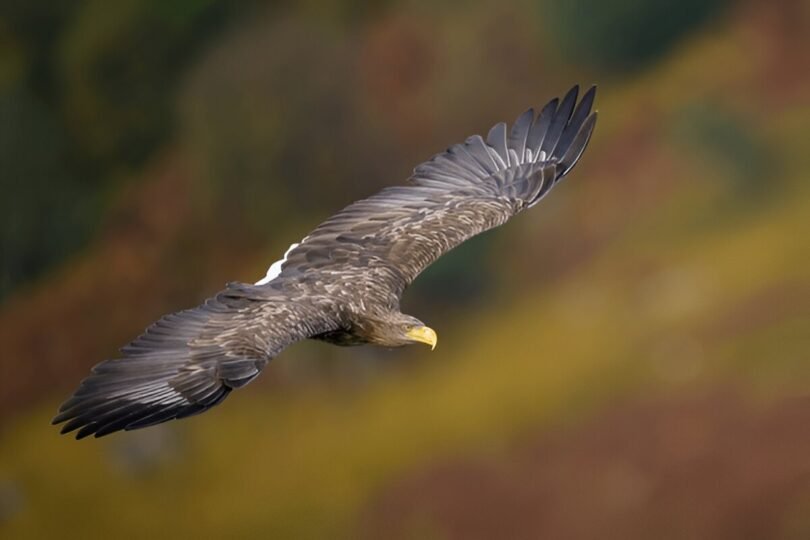Birds and mammals are two of the most fascinating groups in the animal kingdom, each boasting unique characteristics that captivate our imagination. But have you ever wondered, “Are birds mammals?” At first glance, birds and mammals might seem quite different, but upon closer inspection, you’ll discover intriguing similarities and differences that make this question worth exploring. Join us on an exciting journey as we unravel the feathery mystery and delve into the captivating world of birds and mammals!
Defining the Question: Are Birds Considered Mammals?
To determine whether birds are classified as mammals, we must first understand the defining characteristics of mammals. Mammals are warm-blooded vertebrates that possess hair or fur, produce milk through mammary glands to nourish their young, and typically give birth to live offspring. These traits distinguish them from other animal groups.
Birds, on the other hand, are also warm-blooded vertebrates, but they belong to a separate class known as Aves. Instead of hair or fur, birds are covered in feathers, which aid in flight and insulation. While both birds and mammals share the trait of being warm-blooded, birds do not have mammary glands and do not produce milk for their young. Instead, they lay eggs and often provide care for their hatchlings through feeding and protection.
Given these distinctions, birds are not considered mammals. They occupy their own unique class within the animal kingdom, separate from mammals. However, the similarities between these two groups raise intriguing questions about their evolutionary history and the traits they share.
Birds vs. Mammals: Key Differences in Anatomy and Physiology
When comparing birds and mammals, several key anatomical and physiological differences become apparent. Understanding these distinctions provides insight into how each group has adapted to its environment.
- Body Covering: Mammals are characterized by the presence of hair or fur, which provides insulation and protection. Birds, in contrast, have feathers that serve multiple functions, including flight, insulation, and display. Feathers are unique to birds and are a defining characteristic of the class Aves.
- Reproduction: Most mammals give birth to live young and nourish them with milk produced by mammary glands. Birds reproduce by laying eggs with hard shells, and while they do not produce milk, some species secrete a nutrient-rich substance known as “crop milk” to feed their chicks.
- Respiratory System: Birds possess a highly efficient respiratory system that includes air sacs and rigid lungs, allowing for a continuous flow of air and high oxygen exchange rates. Mammals have a diaphragm and flexible lungs that expand and contract during breathing.
- Skeletal Structure: Birds have lightweight, hollow bones that facilitate flight, along with a fused collarbone (furcula) and a keeled sternum for muscle attachment. Mammals generally have denser bones, and their skeletal structures vary widely depending on their mode of locomotion.
- Thermoregulation: Both birds and mammals are endothermic (warm-blooded), meaning they can regulate their body temperature internally. However, the mechanisms they use can differ, with birds often relying on behaviors like sunning and fluffing their feathers to maintain warmth.
These differences highlight the distinct evolutionary paths that birds and mammals have taken, leading to the diverse forms and functions we observe today.
Are Birds Reptiles or Mammals? Tracing Evolutionary Lineages
The question of whether birds are reptiles or mammals leads us into the fascinating realm of evolutionary biology. Modern classification systems, based on evolutionary relationships, place birds within the reptilian lineage. This means that, from a cladistic perspective, birds are considered a type of reptile.
Birds evolved from theropod dinosaurs during the Mesozoic Era, approximately 150 million years ago. This evolutionary lineage is supported by numerous fossil discoveries, such as Archaeopteryx, which exhibits both avian and reptilian features, including feathers and a toothed jaw.
While birds share a common ancestor with modern reptiles, they have developed distinct characteristics that set them apart, such as feathers, a high metabolic rate, and advanced respiratory systems. These adaptations have enabled birds to occupy a wide range of ecological niches and become one of the most diverse groups of vertebrates on the planet.
In contrast, mammals evolved from a different group of early amniotes known as synapsids. This separate evolutionary path led to the development of traits unique to mammals, such as hair, mammary glands, and a neocortex region in the brain.
Therefore, while birds and mammals are both warm-blooded vertebrates, they belong to distinct evolutionary lineages, with birds being more closely related to reptiles.
Warm-Blooded Wonders: Are Birds Warm-Blooded Like Mammals?
Yes, birds are warm-blooded, or endothermic, just like mammals. This means they can maintain a constant internal body temperature independent of external conditions. This trait is crucial for sustaining the high levels of activity associated with flight and other behaviors.
The high metabolic rate of birds supports their energy-intensive activities, such as flight, foraging, and migration. To fuel this metabolism, birds consume energy-rich diets and have efficient digestive systems to process food quickly.
In summary, both birds and mammals are warm-blooded, but the specific mechanisms and adaptations they use to regulate their body temperatures have evolved to meet the unique demands of their respective lifestyles.
Feathers and Fur: Exploring Similarities Between Birds and Mammals
Despite their differences, birds and mammals share several intriguing similarities that reflect their adaptations as warm-blooded vertebrates.
- Parental Care: Both birds and mammals exhibit complex parental behaviors, investing significant time and resources into raising their offspring. This includes building nests or dens




